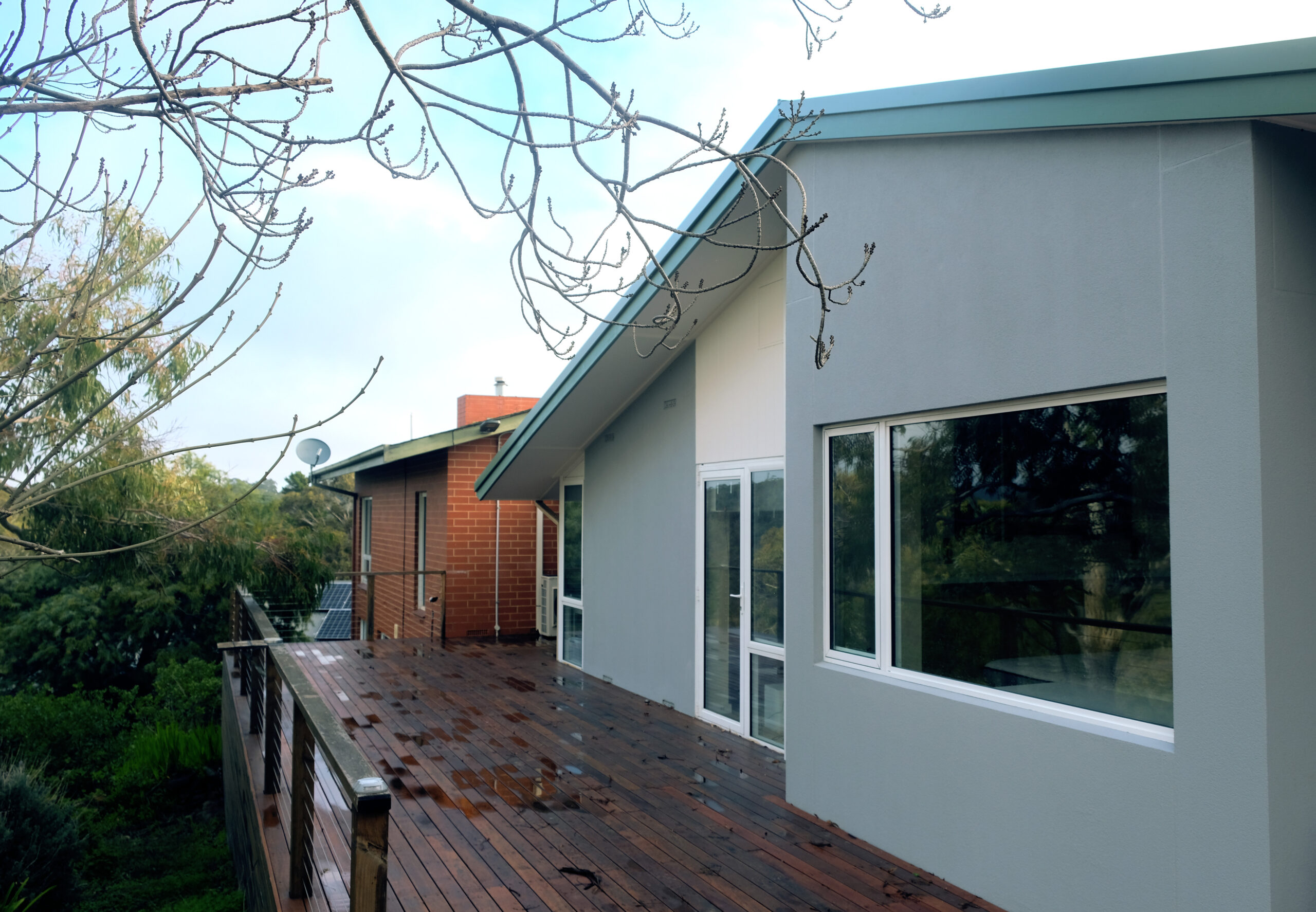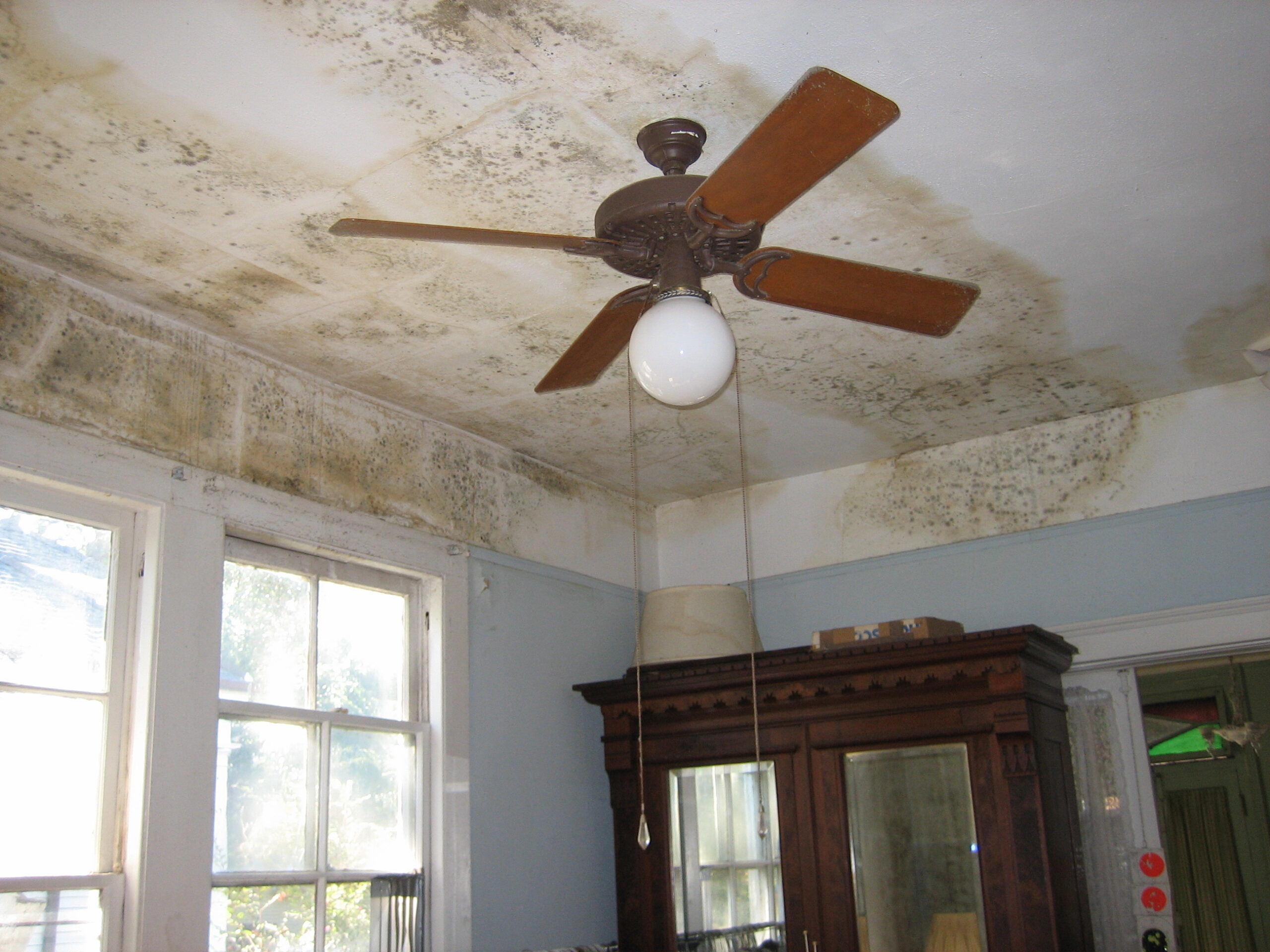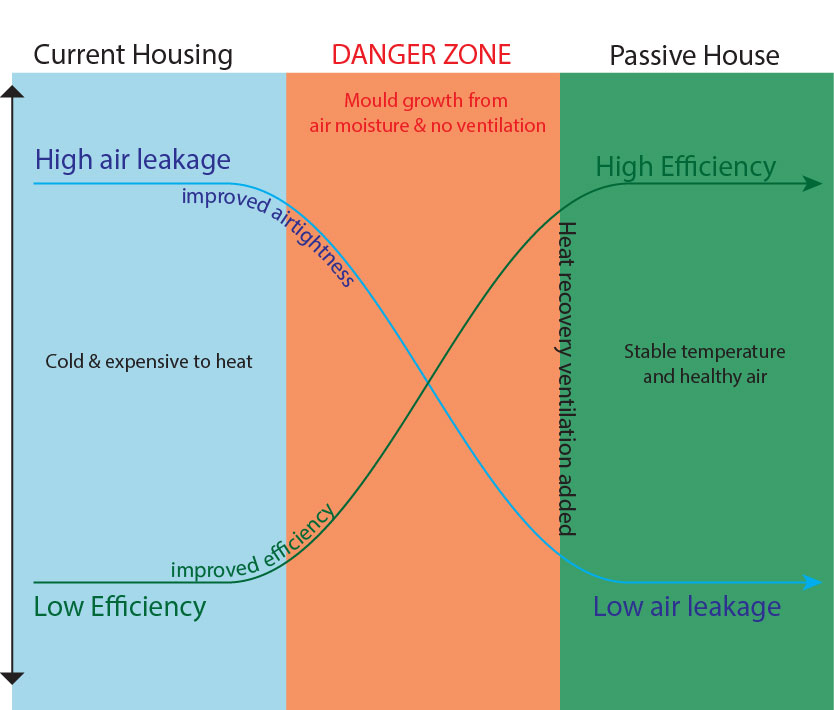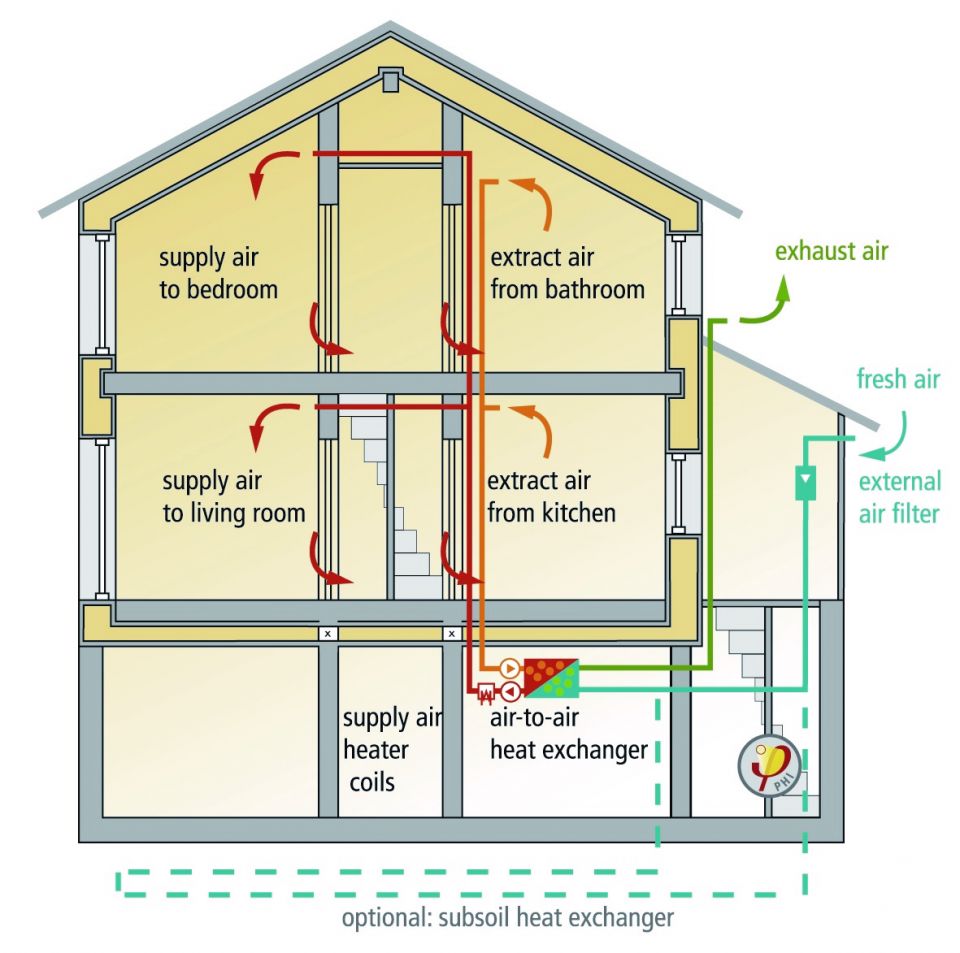internal heating & mould
30/06/2022
Australia’s winters are quite mild. Snow is a rare occurrence, and in general it doesn’t go below 0◦ at night time. But still we feel the winter worse than many other developed nations.
What makes an Australian winter so harsh is our homes.

Decades of poor standards and a reluctance to improve these standards have left us feeling the bite of the winter cold and the impact on our hip pockets as energy prices spike. Older Australian homes don't meet basic building requirements due to a lack of insulation, and newer homes are built to the minimum requirements, which wouldn’t pass in any other developed nation.
So we are left with cold homes that we need to pump energy, and money, into to make them warm. But most of this heat flows quickly to the outside as our homes are so poorly airtight.
The Australian Energy Foundation states that ceilings account for upward of 25% of heat loss, walls 15%, and windows 10%. All of this means that internal heating devices are kept going almost constantly to maintain a comfortable climate. This ends up with people taking DIY or quick fix measures to seal up their homes from the draft and keep in the heat that they have generated.

But this create a list of its own problems such as health concerns from poor quality air and mould.
The inhalation of mould spores can be incredibly damaging to anyone, but is in particular a danger to the young, elderly, or those with respiratory issues. It can also damage the structural integrity of your home, as well as destroy carpets, furniture, walls, and floorboards.
Mould thrives in the Australia homes because we haven’t balanced our building envelope for adequate thermal comfort and controlled ventilation to deal with a build-up of moisture.
Some of these sources are obvious (showers, cooking, drying washing). Some are more discrete, like heating and breathing. And some are built into our homes
These are the called thermal bridges, and they allow the transfer of heat energy between the inside and out. High loss thermal bridges (like single glazing or metal frames) cause the heated air internally to drop suddenly on contact with the surface, reaching the dew point and causing condensation. Sometimes this condensation is visible, but often it happens in our walls and roofs.
Condensation and internal moisture needs to be dealt with through adequate ventilation before mould starts to form.

Once mould has set in, it can be incredibly difficult to get rid of, even if you clean the area. This is because mould puts out airborne spores which only need a damp surface to germinate on. It's likely that the mould you cleaned has already released spores, and you could see the mould returning within 15 to 24 hours. As they only need a damp surface, anything that can take on water is a possible spawning place. This includes leather items, clothing, wallpaper, timber, wallpaper, and even houseplants.
While adding more insulation to a home will help to mitigate the need for constant internal heating, it needs to be balanced with targeted ventilation solutions. The obvious one is to open a door or window when the heating is not on, allowing the space to vent. Cross ventilation across a room is best for this. Where a window or door can’t be opened, a dehumidifier can be used to extract excess moisture. Some smaller solutions for areas like cupboards and wardrobes include absorption crystals, rock salt, or even baking soda. Long term we recommend installing heat recovery ventilation (either decentralised or as part of a larger system) for consistent ventilation that keeps the temperature stable and the air healthy.
TOP TIPS FOR AVOIDING MOULD IN YOUR HOME:
- Avoid drying washing inside sealed areas of your home
- If using a dryer, make sure the area is ventilated and keep it maintained
- Use the extraction fan when showering, leave it on until there is no condensation, and keep it clean
- Ditto with the extraction fan and cooking.
- Consider drying down wet areas with towels and then drying them outside
- If possible, leave windows open in areas when heating is not in use.
Overall we need to look at the long term impact and how we can prevent this from happening in the first place. Australian homes should be built to withstand the climate we live in without needing putting the occupants at risk of health or financial problems. The current building standards are due to be updated to go some way to address this but there is push back from some in the industry that feel that further burdens on the minimum standards would be too onerous. We strongly feel otherwise.
Making buildings perform better makes long term sense in terms of our nation’s health and carbon emissions. In the long term it will have massive benefit for our society and these changes need to happen sooner rather than later. Building above minimum standard is our approach to this, with training in both Passive House standard homes and Low Energy Passive Solar design, we also design our renovations with future proofing in mind. Chat to us if you’d like to find out more
Stay warm and health this winter. And the next.
The team at Northern Edge
Northern Edge Studio is a Passive House accredited architect firm where all of us are passionate about sustainability and reducing our impact on the environment. If you would like to get in contact with us to discuss a project, you can contact us here.
References
https://www.aef.com.au/for-home/insulation/insulation-guide/
https://www.abc.net.au/everyday/why-does-mould-keep-coming-back-after-i-clean-it-explained/101137900
“Indoor Air Pollution from Residential Stoves: Examining the Flooding of Particulate Matter into Homes during Real-World Use.” https://doi.org/10.3390/atmos11121326
https://www.axa.ie/articles/property/10-easy-ways-to-prevent-mould-growing-in-your-home

